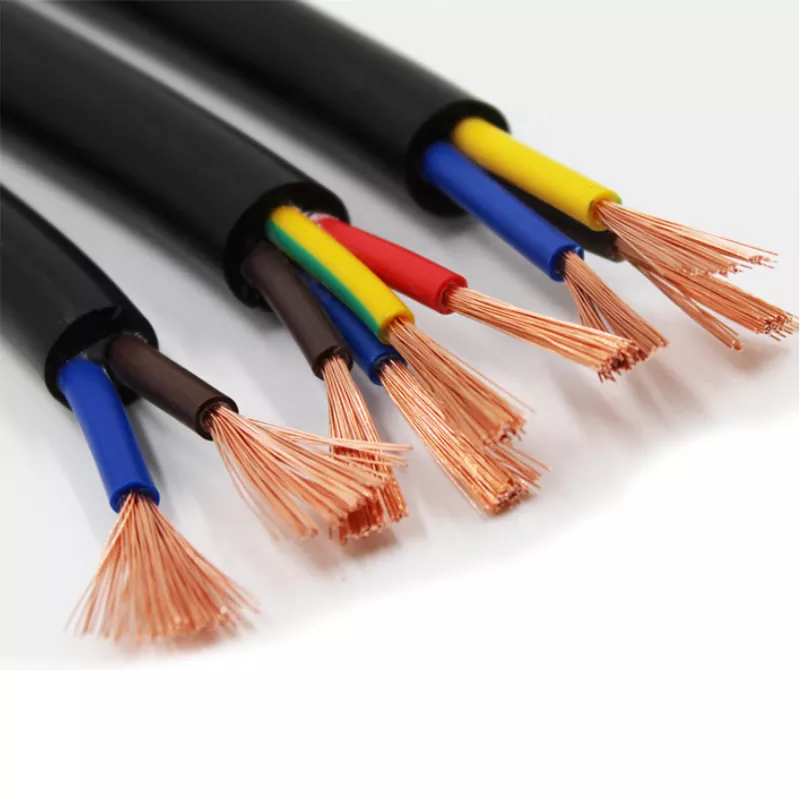 English
English Español
Español  Português
Português  русский
русский  Français
Français  日本語
日本語  Deutsch
Deutsch  tiếng Việt
tiếng Việt  Italiano
Italiano  Nederlands
Nederlands  ภาษาไทย
ภาษาไทย  Polski
Polski  한국어
한국어  Svenska
Svenska  magyar
magyar  Malay
Malay  বাংলা ভাষার
বাংলা ভাষার  Dansk
Dansk  Suomi
Suomi  हिन्दी
हिन्दी  Pilipino
Pilipino  Türkçe
Türkçe  Gaeilge
Gaeilge  العربية
العربية  Indonesia
Indonesia  Norsk
Norsk  تمل
تمل  český
český  ελληνικά
ελληνικά  український
український  Javanese
Javanese  فارسی
فارسی  தமிழ்
தமிழ்  తెలుగు
తెలుగు  नेपाली
नेपाली  Burmese
Burmese  български
български  ລາວ
ລາວ  Latine
Latine  Қазақша
Қазақша  Euskal
Euskal  Azərbaycan
Azərbaycan  Slovenský jazyk
Slovenský jazyk  Македонски
Македонски  Lietuvos
Lietuvos  Eesti Keel
Eesti Keel  Română
Română  Slovenski
Slovenski  मराठी
मराठी  Srpski језик
Srpski језик
Is There Anything We Need to Pay Attention to When Transporting Wires and Cables?
2025-01-12
Wires and cables are highly popular in modern production and life. Any machine that requires electric drive cannot do without the support of wires and cables. The main components of wires and cables are metal wires, insulating sleeves and protective sleeves. This requires that the transportation and storage of wires and cables must be strict and cautious to avoid damage to wires and cables during transportation and storage.
1. Wires and cables should avoid falling from heights during transportation. It is forbidden to drop wires and cables from heights during loading and unloading. Especially under low temperature conditions, the insulating sleeves and protective sleeves of wires and cables are relatively brittle and hard. Falling from high altitudes will cause the insulating sleeves and protective sleeves to crack.
2. The insulating sleeves and protective sleeves of wires and cables are mostly rubber products and cannot withstand excessive sunlight. Try to avoid wires and cables being placed in open places, and cable reels are not allowed to be laid flat.
3. When packaging wires and cables, several cable reels should not be hoisted at the same time to avoid dangerous accidents. The placement of cable reels on transportation tools such as vehicles and ships must be reasonable and fixed to prevent the cable reels from turning over or colliding due to shaking during transportation, causing damage to the wires and cables.
4. Wires and cables generally have low corrosion resistance. It is strictly forbidden to contact with acids, alkalis, and mineral oils. If they have to be placed close to corrosive substances during transportation, necessary isolation is required. The existence of substances that damage the insulation protection layer of wires and cables and corrosive gases must be prohibited in the storage warehouse of wires and cables.
5. If the storage time is long, the cable reel needs to be rolled appropriately. The rolling cycle is about three months, and the specific time can be set according to the situation. During the rolling process, the wires and cables should pay attention to rolling the edge of the reel stored downward to the top, so as to avoid the edge of a certain part of the reel being located at the bottom for a long time and getting damp and rotting.
6. Wires and cables are also products with a shelf life. Generally speaking, wires and cables should be used as much as possible within the shelf life. If the shelf life has expired, it should not exceed one and a half years, and the longest should not exceed the shelf life of two years. During the storage process of wires and cables, check whether the heads of wires and cables are intact.





